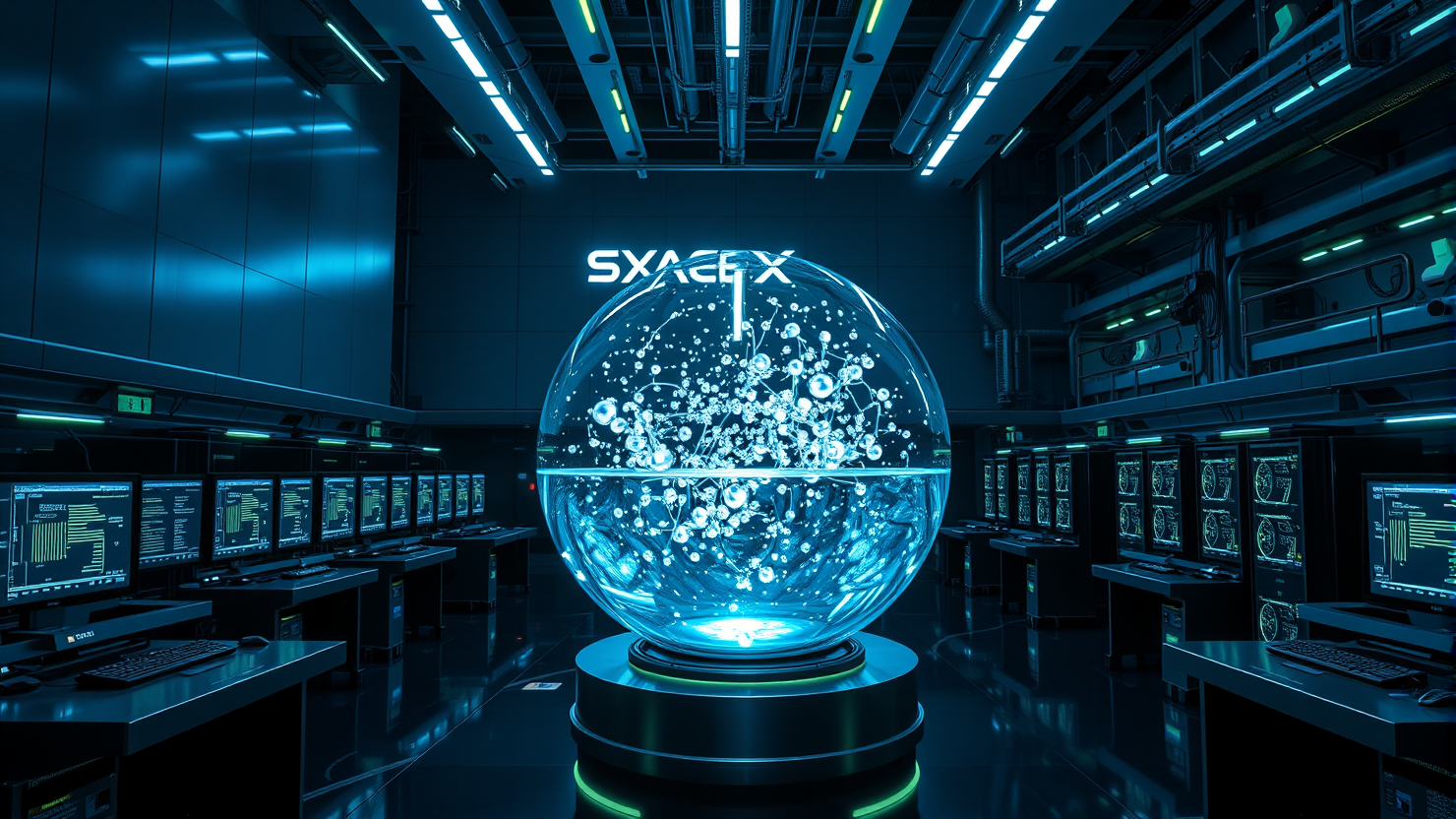Unveiling AI’s Real Test: Mastering Communication Beyond Turing

In the rapidly evolving landscape of artificial intelligence (AI), the development of increasingly powerful models has been extensively documented. However, the true potential of AI remains untapped due to a significant impediment: the lack of a common language enabling intelligent agents to communicate effectively.
Presently, we find ourselves in a digital Tower of Babel, where numerous capable systems operate in isolation, hindering collaboration and cohesion. To advance beyond this impasse, a universal translator is imperative – a tool that facilitates connection and cooperation among these disparate AI systems.
Several contenders have emerged in the race to provide such a solution, each proposing unique approaches to resolving the communication conundrum. One of the key players is Anthropic’s Model Context Protocol (MCP). Designed to securely organize AI models’ interactions with external tools and data, MCP has gained popularity due to its simplicity and backing from a prominent AI player. However, it primarily caters to an individual AI’s utilization of various tools rather than fostering collaboration among multiple AIs.
Enter protocols such as the Agent Communication Protocol (ACP) and the Agent-to-Agent Protocol (A2A).
IBM’s open-source ACP project aims to empower AI agents to communicate as equals, employing familiar web technologies that developers are already proficient in. Its flexibility and power allow for a more decentralized and collaborative approach to AI, making it an attractive option for many.
Google’s A2A protocol, conversely, focuses on facilitating teamwork among multiple AIs in executing complex tasks by exchanging information and responsibilities. It leverages a system of ‘Agent Cards,’ serving as digital business cards that aid AIs in discovering and understanding each other.
The distinctions between these protocols lie in their visions for the future of AI communication. MCP envisions a world where a central, powerful AI utilizes various tools to accomplish tasks, while ACP and A2A are designed for distributed intelligence, enabling teams of specialized AIs to collaborate on problem-solving.
The development of a universal language for AI would pave the way for unprecedented possibilities. Consider a team of AIs collaborating to design a product, with one agent specializing in market research, another in design, and a third in manufacturing processes. Alternatively, envision a network of medical AIs working together to analyze patient data and formulate personalized treatment plans.
However, we are not yet at this juncture. The ‘protocol wars’ are in full swing, with the risk of further fragmentation looming large. It is likely that the future of AI communication will not entail a one-size-fits-all solution; instead, different protocols may emerge, each excelling in specific areas. One certainty remains: determining how AIs can communicate effectively is among the next significant challenges in the field.





